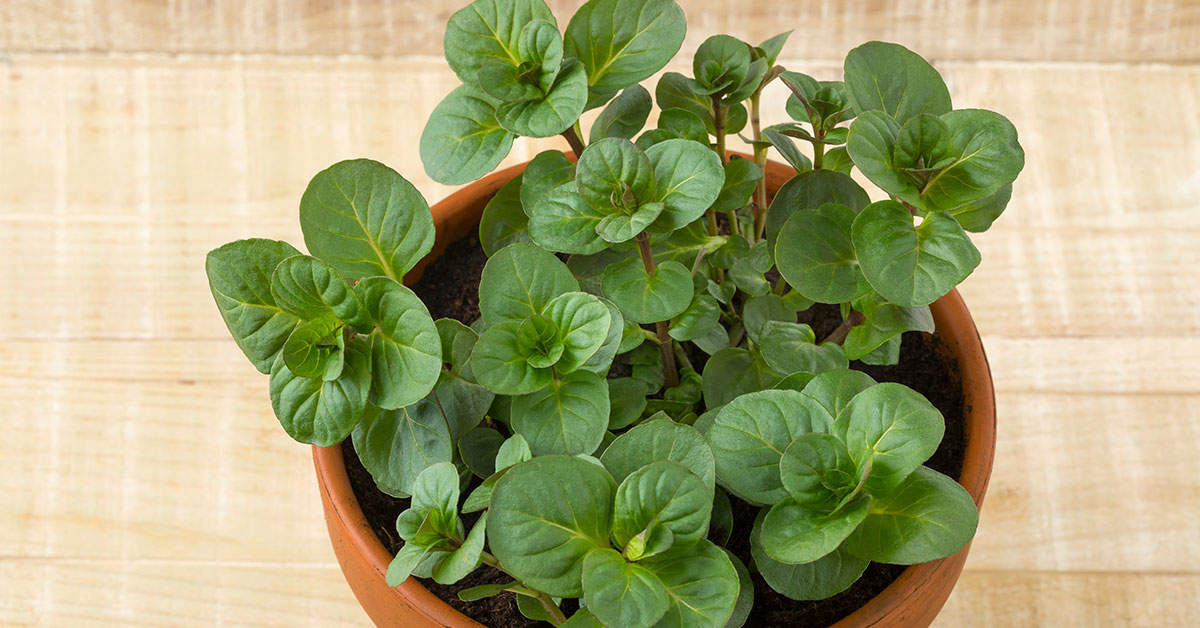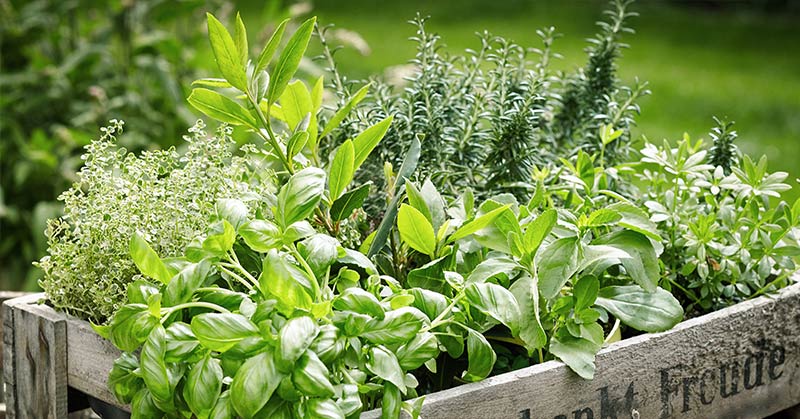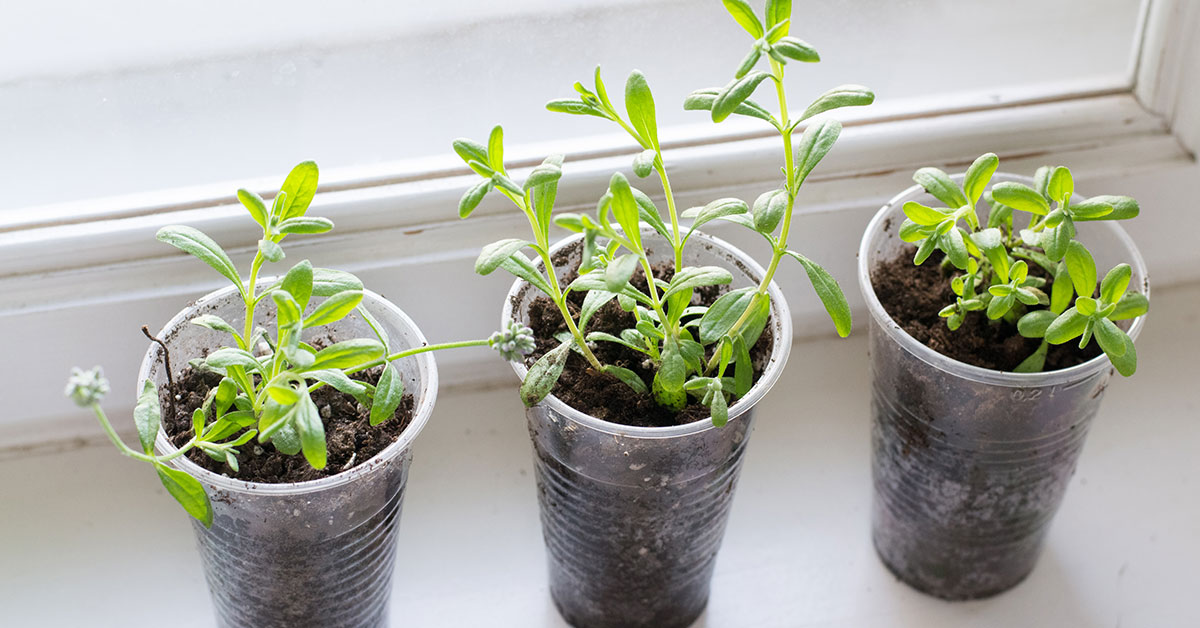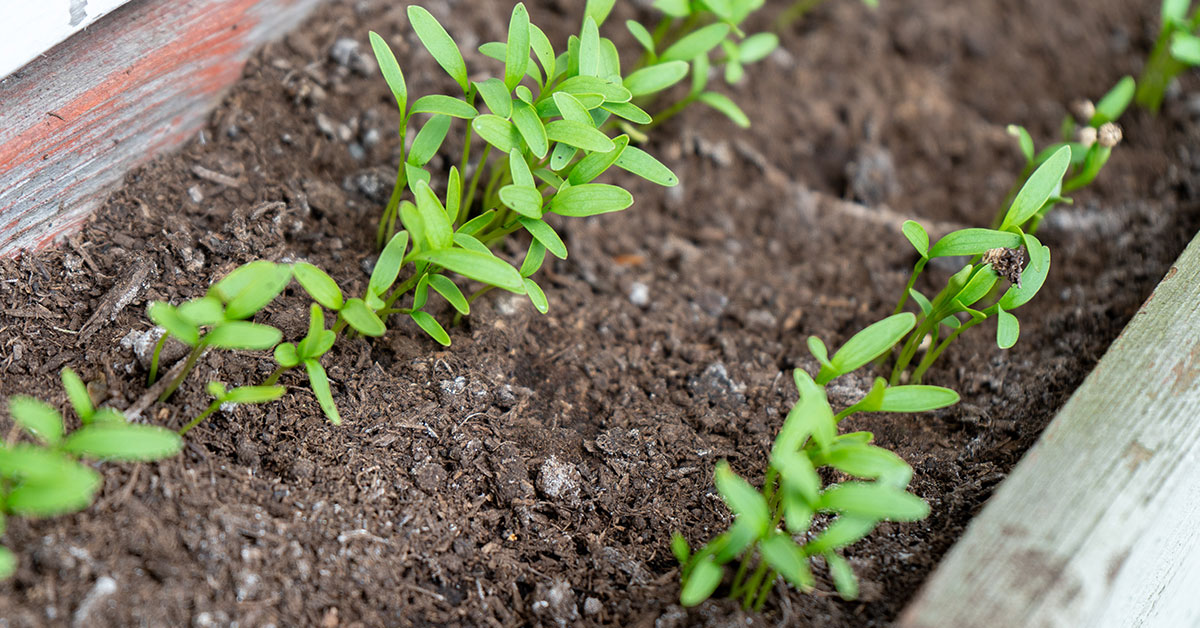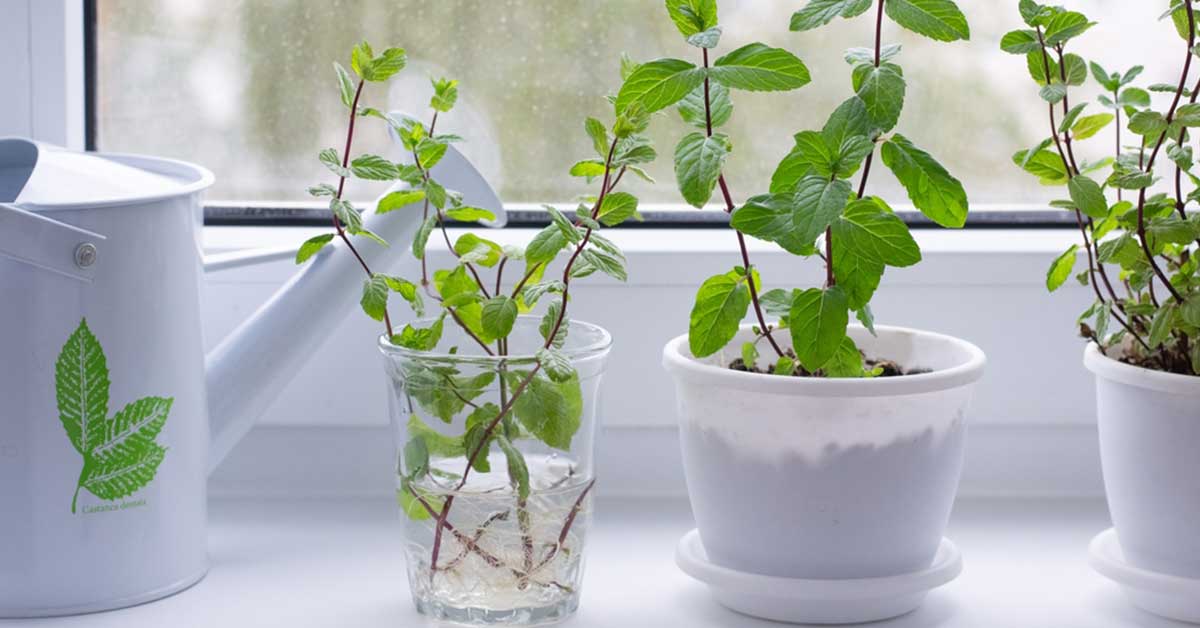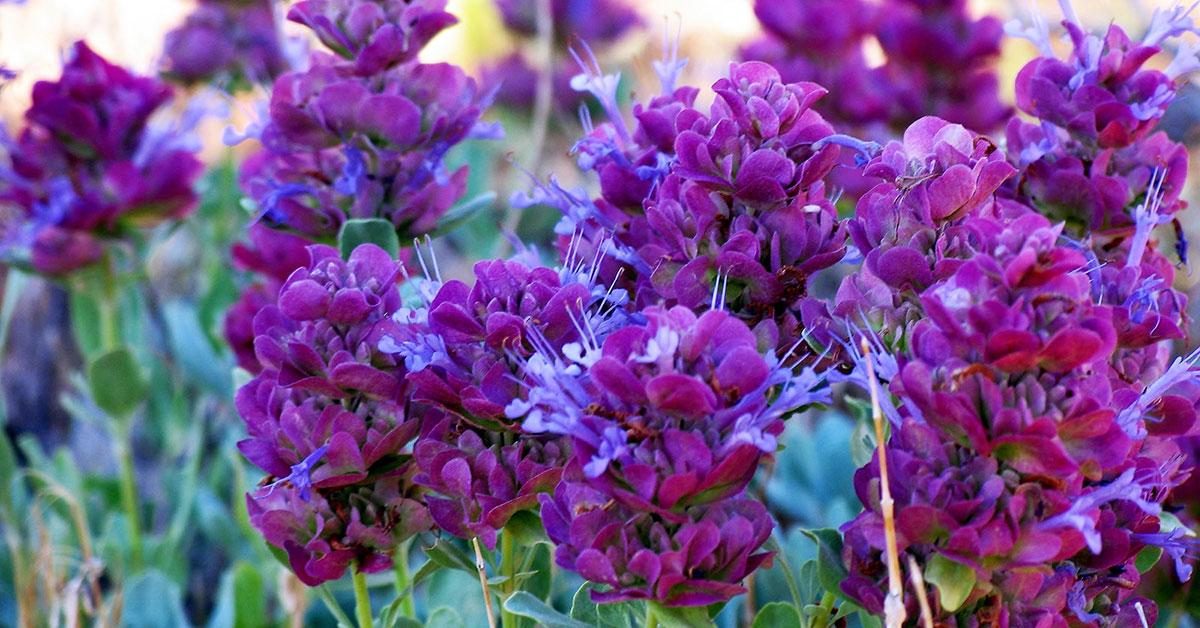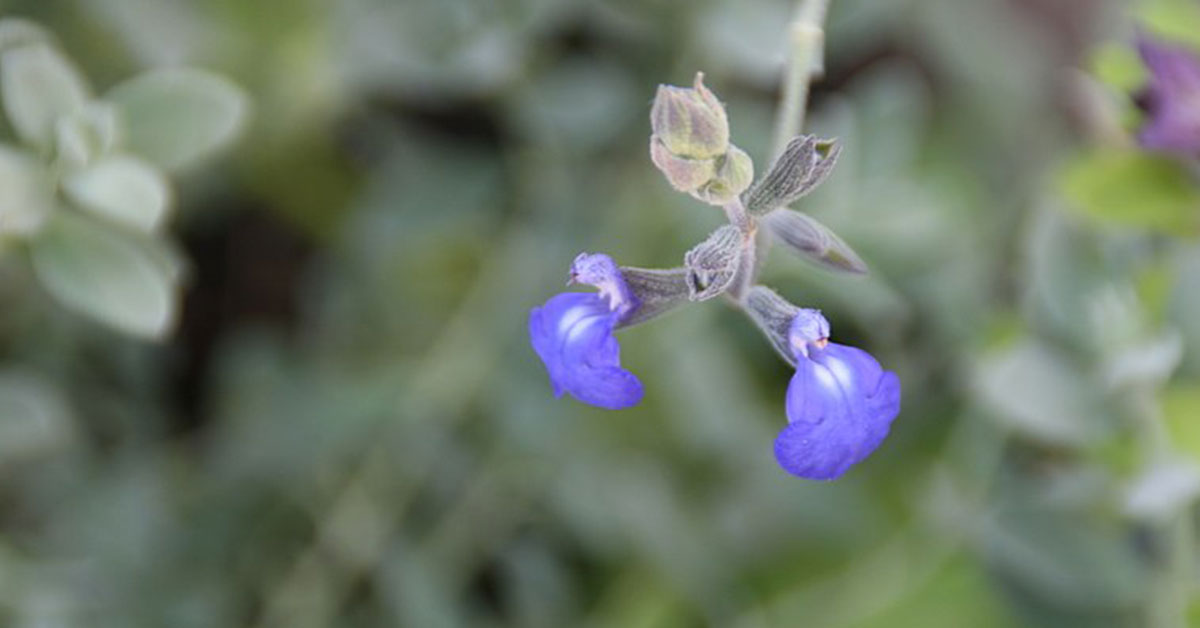Orange Mint (Mentha × piperita ‘Orange’) is a refreshing and aromatic herb that is widely used in culinary and medicinal practices. This herb is a hybrid of peppermint and spearmint, and it is characterized by its citrusy orange scent and flavor.
Orange Mint is a popular choice for teas, cocktails, and desserts, and it is also known for its various health benefits. In this blog post, we will explore the origins, uses, and benefits of Orange Mint and provide some tips on how to grow and care for this delightful herb.
What is Orange Mint?
Orange Mint (Mentha × piperita ‘Orange’) is a perennial herb that is a cross between watermint and spearmint. It is a member of the mint family and is known for its distinct orange scent and flavor. The plant is commonly grown in herb gardens and is used in a variety of culinary and medicinal applications.
The Orange Mint plant typically grows to be about 2-3 feet tall and has square stems with bright green leaves that are slightly fuzzy to the touch. The leaves are oval-shaped with serrated edges and can grow up to 2 inches long. The plant produces small clusters of white or lavender flowers in the summer months.
Orange Mint is known for its sweet and tangy flavor, which is a unique blend of mint and orange. The scent of the plant is also quite distinct, with a refreshing and invigorating aroma that is reminiscent of oranges. Because of its unique flavor and scent, Orange Mint is a popular ingredient in a variety of culinary dishes, including salads, sauces, and beverages.
In addition to its culinary uses, Orange Mint also has a long history of medicinal use. The plant has been used for centuries to treat a variety of ailments, including digestive disorders, headaches, and respiratory issues. It is also believed to have antibacterial and anti-inflammatory properties.
Overall, Orange Mint is a versatile and flavorful herb that can be used in a variety of ways. Whether you are looking to add a unique flavor to your cooking or are interested in the herb’s medicinal properties, Orange Mint is a great addition to any herb garden.
How to grow Orange Mint
If you’re interested in growing mint in your garden or in containers, here’s a brief guide to help you get started:
- Choosing a Location: Select a location that receives partial to full sun. Mint can tolerate some shade but prefers sunlight for optimal growth. Ensure the area has well-drained soil.
- Obtaining Mint Plants: Purchase mint plants from a nursery or garden center, or propagate them from cuttings. Mint can also be grown from seeds, but it’s generally easier and faster to start with established plants.
- Planting Mint: Dig a hole slightly larger than the root ball of your mint plant. Place the plant in the hole, ensuring it is at the same depth as it was in the container. Fill the hole with soil and gently firm it around the plant. Space multiple plants about 12 to 18 inches apart to allow for their spreading habit.
- Watering and Soil: Mint prefers consistently moist soil. Water the plants regularly, keeping the soil evenly moist but not waterlogged. Avoid letting the soil dry out completely between waterings. Use mulch around the base of the plants to help retain moisture and suppress weed growth.
- Maintenance: Regularly check for pests and diseases. Monitor the plants for any signs of infestation or damage, such as aphids or leaf discoloration, and take appropriate action if needed. Prune back any leggy or overgrown stems to encourage bushier growth.
- Harvesting Mint: You can start harvesting mint leaves once the plants have become established. Harvest by snipping off individual leaves or cutting stems just above a set of leaves. Regular harvesting will encourage new growth and keep the plant bushy and healthy. Enjoy fresh mint leaves in beverages, salads, desserts, or use them for culinary purposes.
- Containing Mint: To control the spreading nature of mint, consider planting it in containers or using barriers like buried pots or root guards in the ground. This will help prevent it from taking over your garden.
By following these simple steps, you can successfully grow your own mint, providing a fresh supply of aromatic leaves for culinary delights and adding a delightful fragrance to your garden.
Common problems
Mint is a versatile and aromatic herb that can be a wonderful addition to any garden or herb collection. However, like any plant, mint can encounter certain issues that may affect its growth and vitality. Here is a brief guide to common problems you may encounter when growing mint, along with some tips on how to address them:
- Overwatering: Mint prefers moist but well-draining soil. Overwatering can lead to root rot and other fungal diseases. Ensure the soil has adequate drainage and water only when the top inch of soil feels dry.
- Poor Drainage: Mint requires good drainage to prevent waterlogged roots. If your soil retains excess moisture, consider adding organic matter or planting mint in containers with drainage holes.
- Lack of Sunlight: Mint thrives in full sun to partial shade, typically requiring at least 4-6 hours of sunlight per day. If your mint is not receiving enough sunlight, consider relocating it to a sunnier spot.
- Insufficient Air Circulation: Mint can be susceptible to fungal diseases if it lacks proper air circulation. Plant mint with sufficient spacing between plants to allow air to flow freely and reduce humidity around the leaves.
- Invasive Growth: Mint has a reputation for spreading vigorously and can become invasive if not properly contained. To prevent its aggressive growth, consider planting mint in containers or using root barriers in the ground.
- Pests: Mint can attract pests such as aphids, spider mites, and mint flea beetles. Monitor your plants regularly and take appropriate action at the first sign of infestation. Use organic insecticidal soaps or sprays, or try attracting beneficial insects that feed on these pests.
- Disease: Mint can be susceptible to fungal diseases like powdery mildew and rust. To prevent these diseases, avoid overhead watering, provide adequate spacing for air circulation, and promptly remove any infected leaves.
By being aware of these common problems and taking preventive measures, you can ensure healthy and thriving mint plants in your garden. Regular monitoring, proper care, and timely intervention will help you enjoy the fresh, aromatic leaves of your mint plant throughout the growing season.
Uses
Orange Mint, also known as Mentha × piperita ‘Orange’, is a refreshing herb that has a delicious citrus fragrance and flavor. This hybrid mint is a cross between watermint and spearmint and is a versatile herb that can be used in various ways. Here are some of the uses for Orange Mint:
- Culinary Uses:
Orange Mint is a popular herb used in cooking and baking. Its bright citrus flavor and aroma make it an excellent addition to sweet and savory dishes. You can use it to add flavor to salads, fruit dishes, desserts, and beverages. You can also add it to marinades, sauces, and dressings. - Medicinal Uses:
Orange Mint has various medicinal properties that make it an excellent natural remedy for several health conditions. It contains menthol, which is known to have a calming effect on the digestive system and can help ease digestive issues like bloating, gas, and indigestion. It is also believed to have antiseptic and anti-inflammatory properties that can help soothe sore throats and reduce inflammation. - Aromatherapy:
Orange Mint is used in aromatherapy to promote relaxation and reduce stress. Its refreshing scent can help calm the mind and improve mood. You can add a few drops of Orange Mint essential oil to a diffuser or a warm bath to enjoy its aromatic benefits. - Pest Control:
Orange Mint is a natural insect repellent that can help keep pests like mosquitoes, ants, and flies away. You can plant it in your garden or use its leaves to make a natural insecticide spray.
In conclusion, Orange Mint is a versatile herb that can be used in various ways. Whether you use it for cooking, medicinal purposes, aromatherapy, or pest control, it’s an excellent addition to your herb garden.
